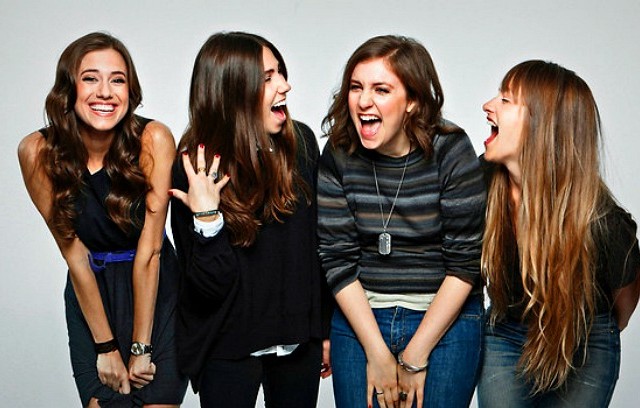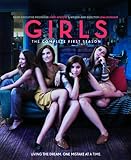Why HBO’s Girls is the Sex and the City of our generation

Comparing ‘Girls’ and ‘Sex and the City’ isn’t a new idea, but there’s still something to be said about how each show has worked itself into its related generation of women.
I would be willing to bet a significant amount of money that at least 92.7% of all middle-class to upper-class white women in America have at one time or another watched an episode of Sex and the City, or seen one of the two movies based on the original series, or at the very least could pick Carrie Bradshaw out of a lineup of curly-haired fashion icons. In the fourteen years since the show began its six-season run on HBO, it’s epitomized the bitchcom (that’s a word I just made up from a combination of bitch and sitcom to mean any TV show predominantly preferred by women over men — not that all women are bitches, obviously, it just seemed catchy) and has been a comparison point for all similar television programs to follow. Perhaps its most current and notable comparison is HBO’s currently running estrogen-fest, Girls.
First, there are the most basic characteristics of the show: location (Manhattan), main characters (four gal pals), occupation of the leading protagonist (writer), and theme (love/sex/friendship/self-actualization/sex/romance/sex/alcoholic beverages). So, in comparison, Girls takes place in the borough of Brooklyn (which is the new Manhattan … right?), follows four twenty-something friends, but particularly a singular protagonist working to establish herself as a writer as they deal with love, sex, friendship, self-actualization, sex, romance, sex, and consuming alcoholic beverages. And one brief encounter with crack cocaine. Pretty similar, eh?
Even the specific characters are re-embodiments of Sex and the City predecessors. There’s Hannah, the young writer, chasing desperately after the affections of a man who may or may not end up satisfying her emotional desires at the end of the day. She’s a slightly less well-dressed, but equally as independent and neurotic version of Carrie Bradshaw. The Miranda to Hannah’s Carrie is Marney, suffering from significant control issues in her friendships and relationships, has a problem with over complicating simple conflicts, and takes life maybe just a little bit too seriously. The friendship foursome is finished off by Shoshanna and Jessa, who fulfill the same less prevalent roles of Charlotte’s classy naiveté and Samantha’s free-spirited, less than grounded nature, respectively.
But what Girls does that Sex and the City never will, is speak to a generation with very specific ideologies, wantings, and expectations of society. It explores what happens to well-educated young women, who have been told their entire lives that if they go to college then they’ll get a job and that finding a husband is necessary to finding happiness, don’t get the lives they expect. To anyone outside of that worldview, they’re just over privileged white bitches complaining about problems that aren’t really problems. But to anyone within that same reality, it’s an embodiment of just how fucking scary the real world can be to a class of people raised and educated within a proverbial bubble.
 CliqueClack
CliqueClack




Bitchcom. Love it.